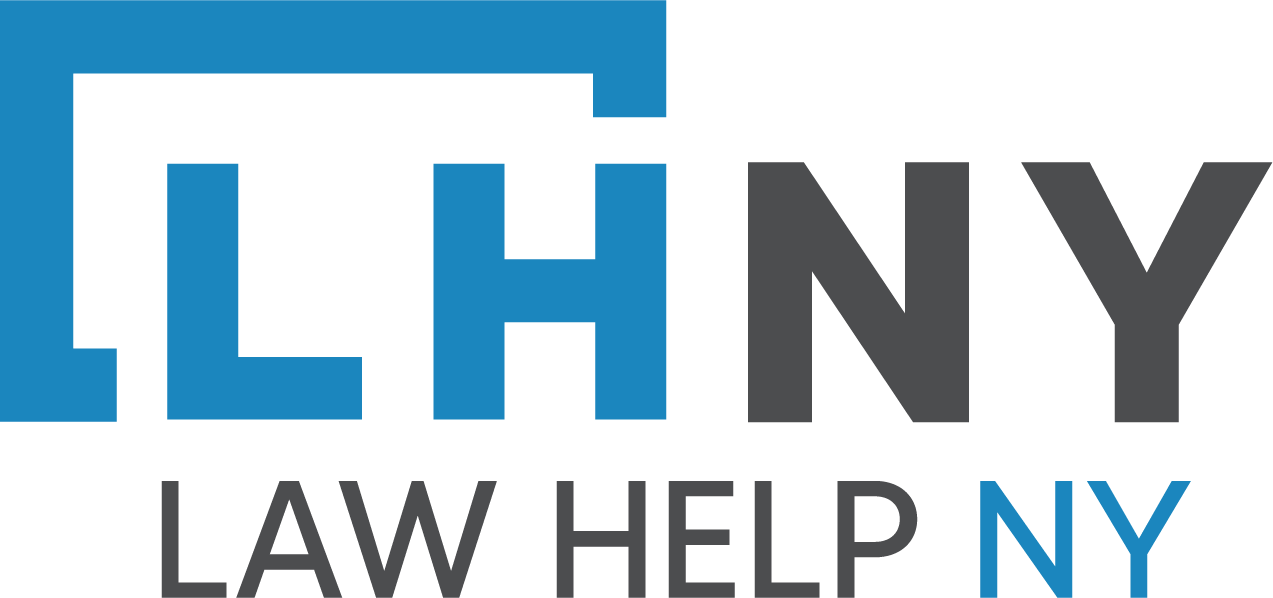You can get help with your Medicare costs and fill in the gaps in Medicare coverage through a few different options:
-
Medicaid: If you have a limited income and few resources, you may qualify for Medicaid, a joint federal and state program that helps with medical costs. Medicaid can help cover the costs that Medicare doesn't, such as copayments, deductibles, and some services not covered by Medicare.
-
Medicare Savings Programs: These are programs that help people with Medicare pay for some of their out-of-pocket costs. There are different types of Medicare Savings Programs, including the Qualified Medicare Beneficiary (QMB) program, Specified Low-Income Medicare Beneficiary (SLMB) program, and more. These programs can cover Medicare premiums, deductibles, and coinsurance.
-
Medigap (Medicare Supplement) Insurance: You can purchase a Medigap policy from a private insurance company to help cover the expenses that Medicare doesn't pay for, like copayments and deductibles. It's important to enroll in a Medigap plan during your Medigap Open Enrollment Period for the best coverage options.
To find out if you're eligible and how to apply for these programs, contact Medicare and speak with a representative.
Last Reviewed: October 19, 2023

